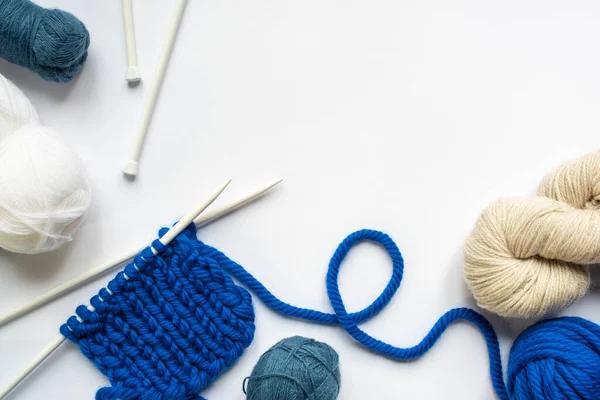Zero-Waste Textile Design: The Future of Fashion?
by admin

The fashion industry is one of the largest contributors to global pollution, with an estimated 92 million tons of textile waste produced each year. However, a new trend is emerging that might change this narrative: zero-waste textile design. This innovative approach aims to reduce or eliminate waste in the production process, creating a more sustainable future for the fashion industry.
Zero-waste textile design involves carefully planning and cutting patterns so that no fabric is wasted. Traditionally, clothing patterns are cut out from large pieces of fabric, leaving behind scraps that often end up in landfills. In contrast, zero-waste designs use every bit of material, either by strategically arranging patterns or incorporating leftover pieces into the final product.
This concept isn’t entirely new – it keralaproposals.com echoes ancient practices where cloth was handwoven energyinvestmentbanking.com and precious; not a scrap could be bracmobility.com wasted. But as mass production became mainstream and textiles cheaper, these mindful practices were largely forgotten.
Today’s designers are rediscovering these old techniques and combining them with modern technology to create stylish clothing without harming our planet. They’re using digital tools to optimize pattern layouts or even 3D printing clothes directly onto mannequins – all in an effort to londaspa.com minimize waste.
Furthermore, zero-waste design also promotes longevity over fast-fashion trends. Designers ceepoker.com are creating timeless pieces intended for long-term use rather than disposable items destined for a short lifespan before ending up in landfills.
However, transitioning towards zero-waste fashion isn’t without challenges. It requires rethinking traditional manufacturing processes which can be costly and time-consuming at first glance but would prove beneficial in the long run due to reduced raw material usage.
Consumer attitudes need changing too; we’ve become accustomed to cheap clothing that we wear only a few times before discarding it – this mindset needs shifting towards valuing quality over quantity and understanding the true cost of our clothes on both our wallets and environment.
Despite these hurdles though there’s growing interest in sustainable fashion. More and more consumers are demanding ethically produced clothing, and brands are responding by exploring eco-friendly practices like zero-waste design.
In conclusion, zero-waste textile design could be the future of fashion. It’s a promising solution to the industry’s waste problem, offering a way to create beautiful clothes without harming our planet. While it may take time for herbaldoctorremedies.com this practice to become mainstream, every step we take towards sustainability is a step in the right direction. By embracing zero-waste design, we can look forward to a future where fashion contributes not just to our personal style but also to our collective wellbeing and epcethanol.com href=”https://esearchindia.com/”>esearchindia.com environmental responsibility.
The fashion industry is one of the largest contributors to global pollution, with an estimated 92 million tons of textile waste produced each year. However, a new trend is emerging that might change this narrative: zero-waste textile design. This innovative approach aims to reduce or eliminate waste in the production process, creating a more sustainable…
